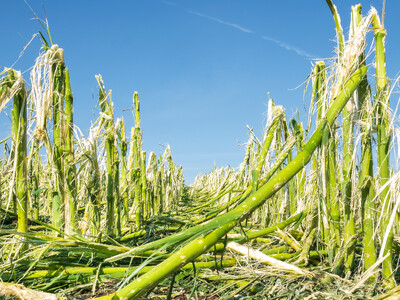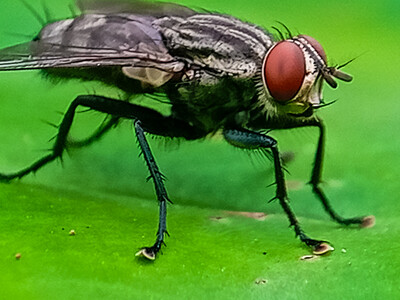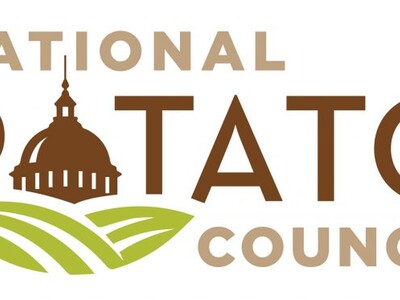Invasive pests
As if being invaded by the Covid-19 pandemic isn't enough. Samantha Simon, USDA executive director of emergency and domestic programs, tells us how to look for invasive pests for our plants and trees.You can look for signs that include V shaped holes in your trees or yellow, thin or wilted leaves. These would be signs of emerald ash borer. If you find round depressions or holes in your trees, this could also be Asian Longhorn Beetle.
Other pests include the European Gypsy Moth and the spotted a lantern fly like to lay their egg masses on surfaces. Oftentimes you can find them on tree trunks or on your outdoor furniture or your grills. And if a hungry pest invasion is left unchecked, they can establish themselves and end up causing damage to a wide range of businesses whether its citrus growers to wine producers, the lumber industry to maple syrup producers because significant crop losses. And this can also result in the loss of hundreds of thousands of jobs. The ones that we're working on across the U.S. are citrus greening. Once the tree gets this disease, there's no cure. And so it results in the death of the tree. This has caused millions of acres of citrus crops to be impacted throughout the U.S. So under invasion across many frontiers.

















